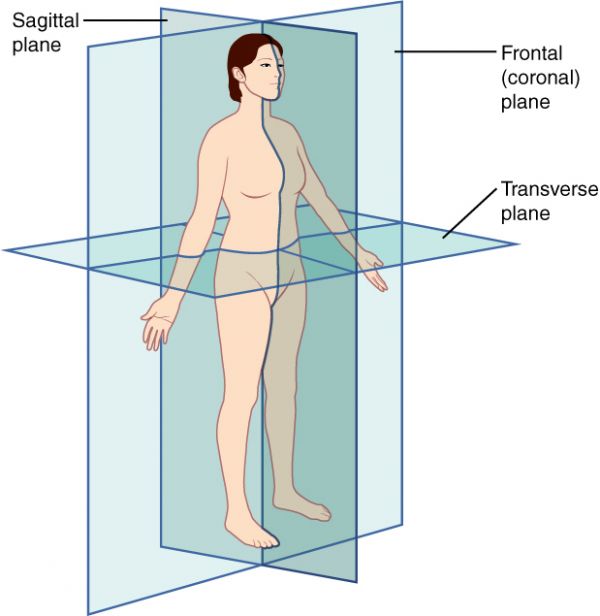Understanding the Common Concepts in Anatomy in Medical Assistance
By SCMA On 08/06/2017


Dividing the body into planes or flat surfaces is an additional way to describe the body. These descriptions are useful when doing magnetic imaging, CT scans, and other imaging techniques or while performing surgery.1
Here's an understanding of how the body is divided into anatomical planes.2

- Sagittal planes - vertical planes that separate the sides from each other.
- Midsagittal plane -separates the body into right and left halves.
- The Frontal plane - divides the body into front and back portions.
- The Transverse plane - divides the body horizontally into an upper and lower part.
Positional and Directional Terms
These anatomical terms describe the position of body structures in relation to other structures.
- Anterior (ventral) – Front surface of the body (example, the kneecap is located on the anterior side of the leg).1,2
- Posterior (dorsal) – back side of the body (example, the shoulder blades are located on the posterior side of the body). 1,2
- Proximal –near the point of attachment to the trunk or near the beginning of a structure. (example, the proximal end of the femur joins with the pelvic bone). 1,2
- Distal – far from the point of attachment to the trunk or far from the beginning of a structure. (example, the hand is located at the distal end of the forearm). 1,2
- Inferior – below another structure (example, the foot is part of the inferior extremity).
- Superior – above another structure. (example,the hand is part of the superior .extremity). 1,2
- Medial – pertaining to the middle of the body example, the middle toe is located at the medial side of the foot). 1,2
- Lateral – pertaining to the side away from the midline of the body (example, the little toe is located at the lateral side of the foot). 1,2
- Supine – lying on the back. 1,2
- Prone – lying on the belly. 1,2
References
- John-Nwankwo RN MSN, Jane. Medical Assistant Certification Study Guide Volume 2: Medical Assistant Exam Book (pp. 26-27).
- https://training.seer.cancer.gov/anatomy/body/terminology.html
 844.885.1476
844.885.1476
